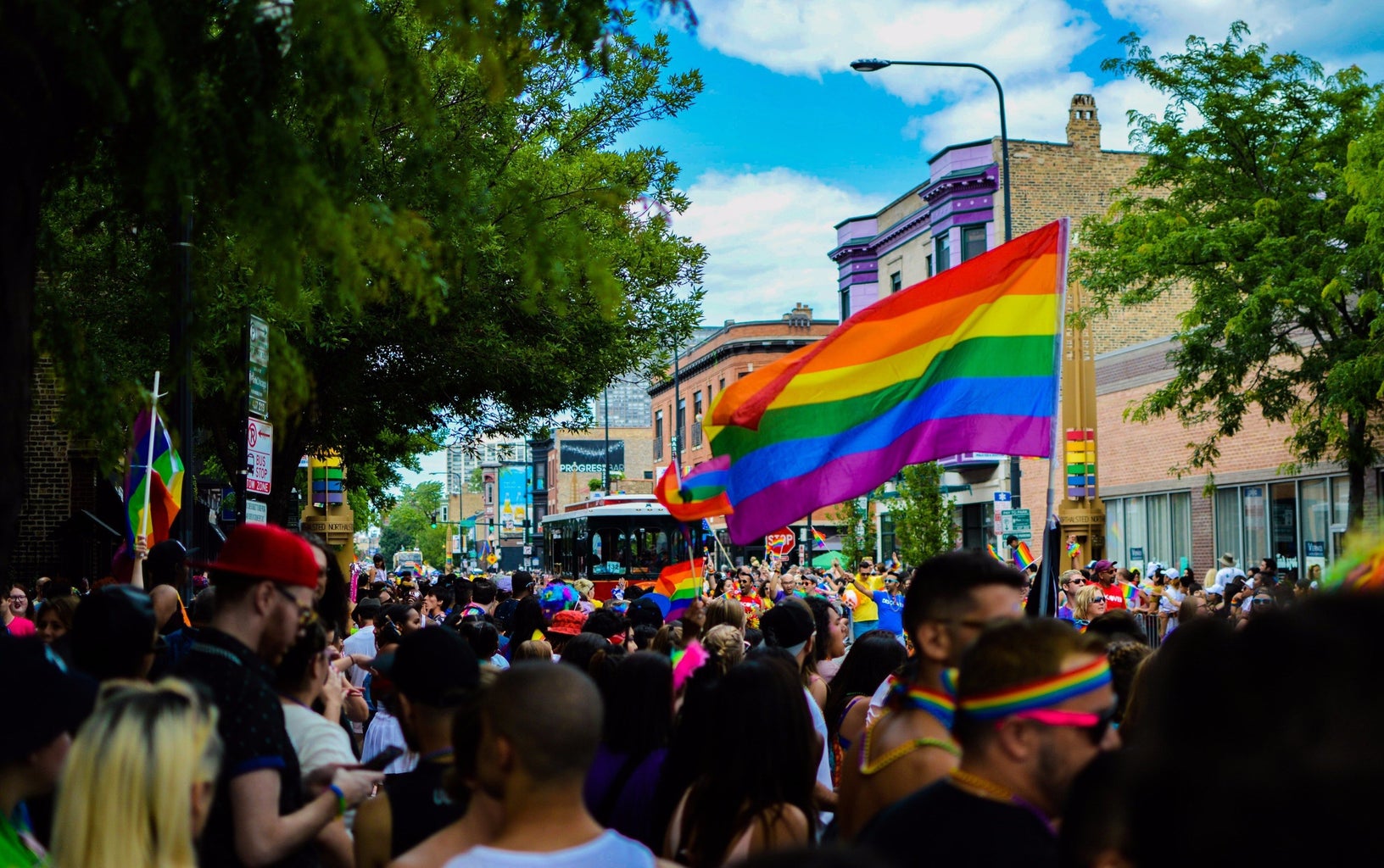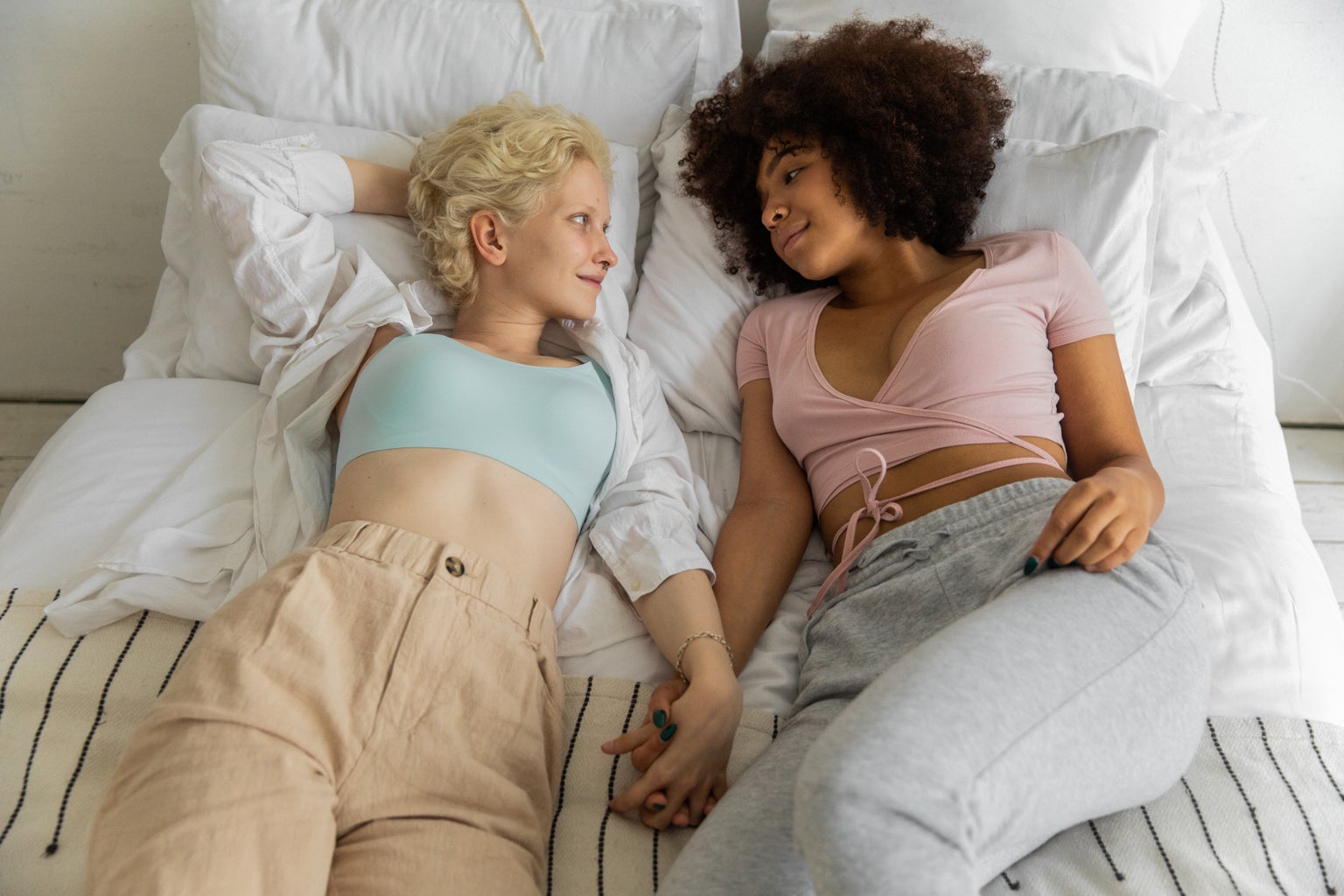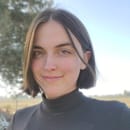The 90s was a time of bucket hats, the rise of the internet, sketch comedy shows, and Britney Spears. Oh, and also the Lesbian Avengers. While not exactly like Marvel’s Avengers, the two groups did have one thing in common: a passion for justice. Let’s go through some of the Lesbian Avenger’s most monumental moments as they fought for lesbian visibility.
The Lesbian Avengers were formed in 1992, in New York, by six lesbian activists who were frustrated at society’s erasure of lesbians. Ana Simo was the first to suggest a lesbian direct action group, and the Lesbian Avengers were born. The organization quickly grew, with new chapters popping up across the United States. The goal was sweet and simple: champion vital lesbian issues through hands-on demonstrations that would have people talking. The first issue the group addressed was the exclusion of LGBTQ+ from New York elementary school diversity curriculums. Donning t-shirts saying “I was a lesbian child”, the group marched through a local neighborhood, handing out lavender balloons to children and generating conversation surrounding lesbian lives in the community. They also had a marching band, bringing a lot of attention to their display. This event set the precedent for the Lesbian Avengers and guaranteed that their protests would never be dull.

Of course, being a group with a more direct approach to issues had some caveats – mainly in the press. The Lesbian Avengers had a love-hate relationship with the media. While the media occasionally portrayed them negatively, they managed to bring attention to their cause through unconventional methods. In Boston during the 1996 Pride March, The Lesbian Avengers created a “float” in the form of women on top of a bed portraying sensual acts. The float made a statement about the heteronormativity of sex and sexuality. The press picked up the story, and the “bedgate” scandal was born. The media used this event to create a spin that being gay is “all about sex”. One of the float participants, Heather Janules, wrote a letter adamant about not apologizing for the event. In the letter, she explained that she did it for all the women who “are raised to fear their lust and hate their bodies” as well as provide “a blatant image of lesbian sexuality for public consumption” not seen through a male lens.

The Lesbian Avengers Manifesto


